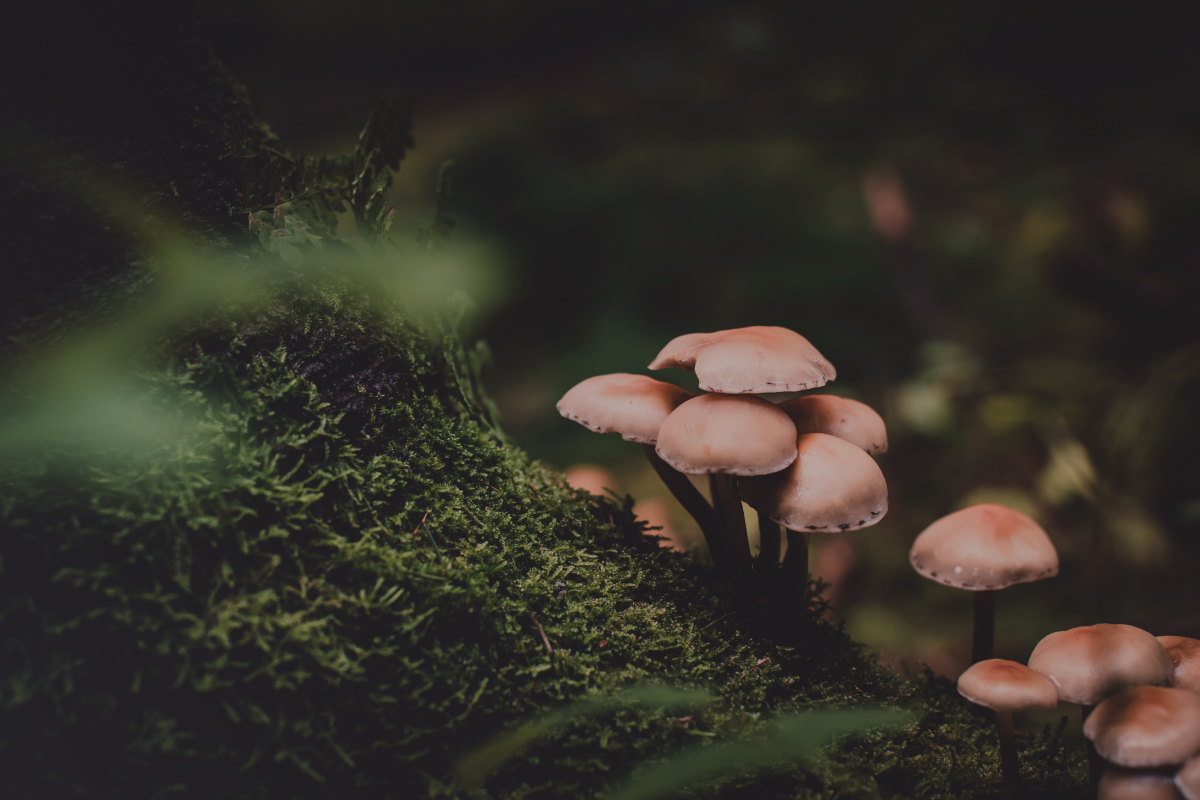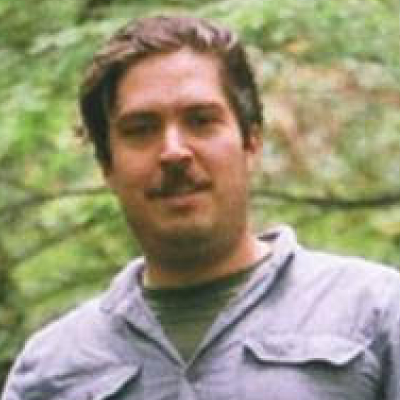The humble bee is, we know, one of nature’s hardest workers.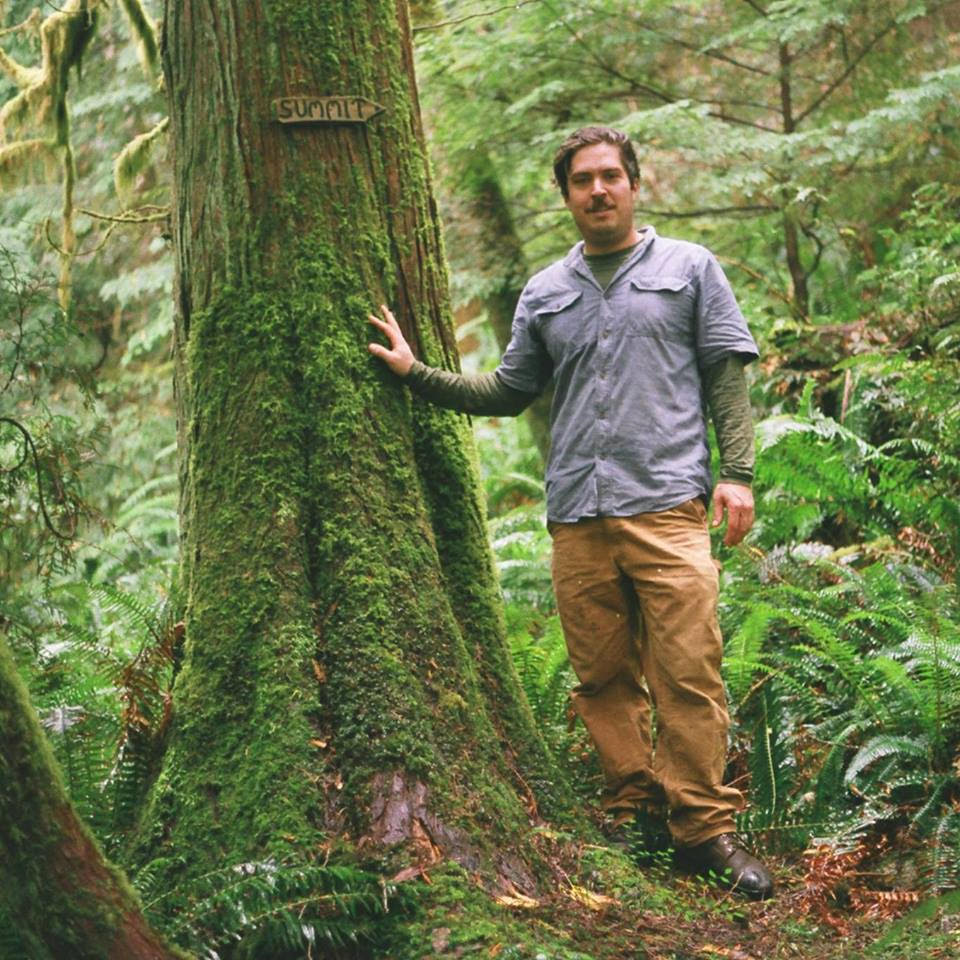 It’s also currently one of its most vulnerable. Bees are responsible for as much as a third of our daily food supply, but they’re in danger: honeybee populations dropped 40% last year in the U.S. alone. The U.N.’s Food and Agricultural Organization points to a perfect storm of threats that have sped up bee decline, from harmful farming practices to the use of agricultural chemicals and the effects of climate change. With bees on the brink, crop production—and the simple fact of food security—is at risk around the world.
It’s also currently one of its most vulnerable. Bees are responsible for as much as a third of our daily food supply, but they’re in danger: honeybee populations dropped 40% last year in the U.S. alone. The U.N.’s Food and Agricultural Organization points to a perfect storm of threats that have sped up bee decline, from harmful farming practices to the use of agricultural chemicals and the effects of climate change. With bees on the brink, crop production—and the simple fact of food security—is at risk around the world.
Enter the BeeMushroomed Feeder, a first-of-its-kind product intended to help support bee health. Developed by the visionary mycologist Paul Stamets of Fungi Perfecti and his co-creator Paul Taylor, the feeder is both scientifically complex and deceptively simple. It’s like a bird feeder for bees, but instead of any old substance, it delivers a proprietary “fungal extract” that actually helps extend bees’ lifespans and bolsters their immunity.
It’s this kind of work, which Taylor described to Musings as a bridge between technology and ecology, that inspires us and gives us hope about what humans can do to solve our environmental problems. “It’s a way to enable non-beekeepers—regular people—to have an interaction that’s helpful to the bees,” Taylor explained. “With this, anyone can get involved immediately.” Bees can cross-pollinate up to 1,000 flowers a day: every small action we can take to improve their health has an exponential effect on the planet’s health—and ours, too. It’s the least we can do.
—Raisa Bruner
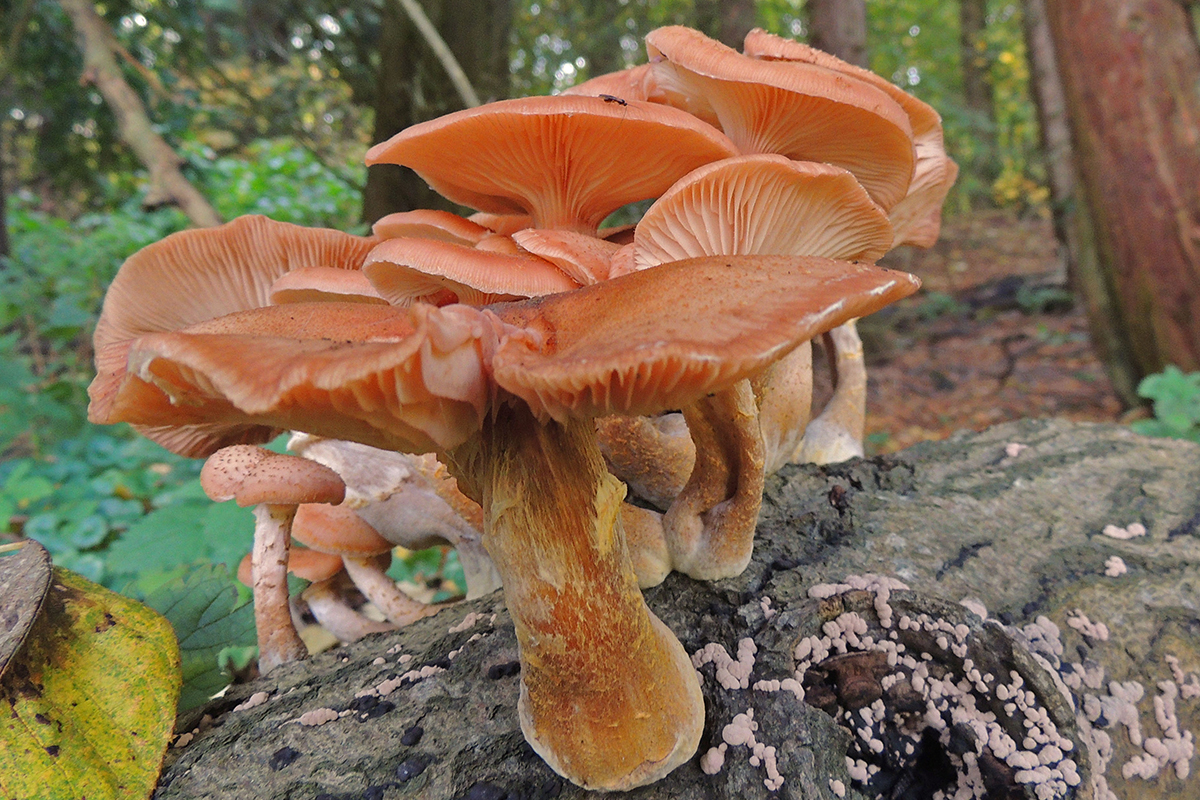
You didn’t always work in the environmental space. How did you become involved with Fungi Perfecti and the BeeMushroomed Feeder?
Early on, I was at a video game company and interned with the Solo Living Institute. I got involved with local agriculture and the community in Mendocino with the Mendocino Time Bank, but after several years I started to work for Apple in an engineering position. I focused on web technologies and computer science, working my way up through customer service. After about five years, the need became more and more at Fungi Perfecti. [Paul Stamets, the founder, is Taylor’s stepfather.] Over the years, I had picked up Paul’s social media: Facebook came out about ten years ago as a business tool and he had an entity there, so I started to manage that and we began working closer, and I helped him with technology around the farm. I assist with the website and web presence to a small degree—but we are cultivating that into something larger.
What helped you make the leap from corporate technology to environmental action?
I’ve always been interested in the ecological and technological aspect of things—whether it be sensors or solar panels—just the idea of technology working with nature. My efforts try to combine that; that’s always been present for me. It was really the day-to-day lack of impact in that sense that furthered my departure from Apple and transition to Fungi Perfecti.
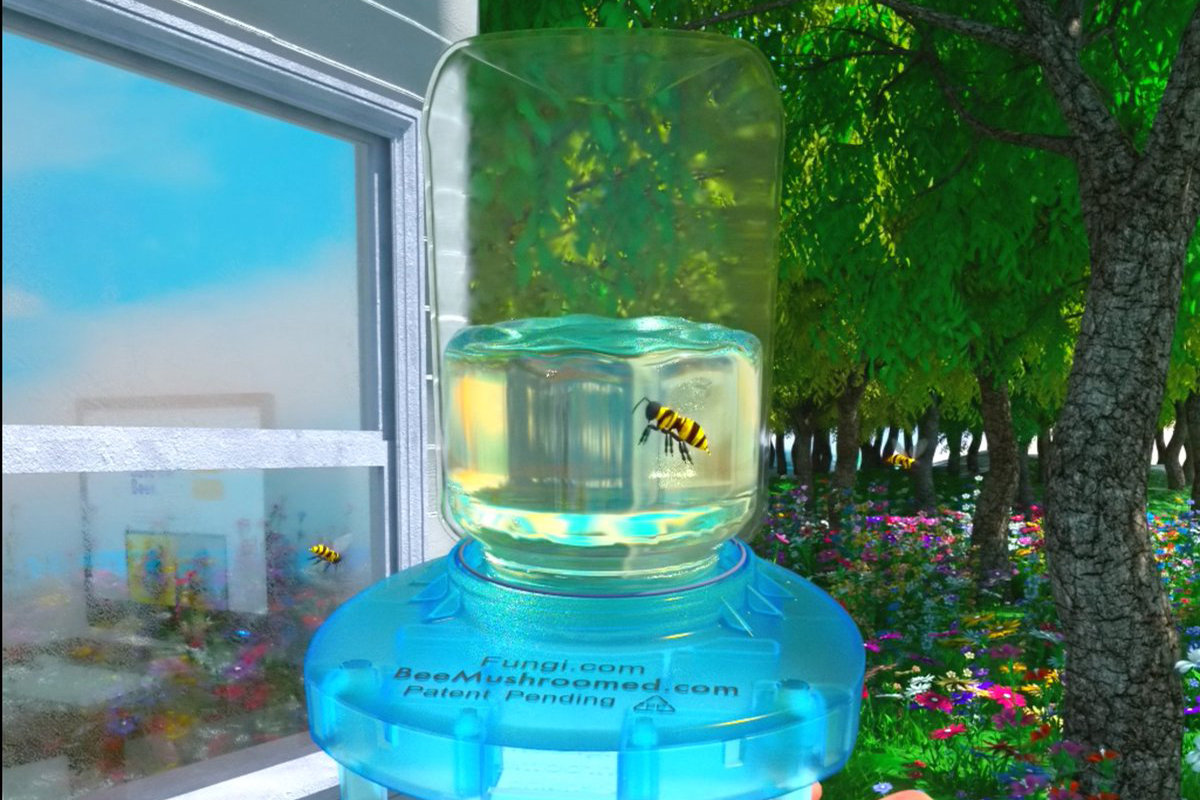
So what exactly is the BeeMushroomed Feeder, and why is it important?
Principally, it’s a delivery system for the fungal extract: the fungal food that Paul discovered through his past work of photos of bees interacting with mycelium. It’s a way to enable non-beekeepers—regular people—to have an interaction that’s helpful to the bees without getting into beekeeping or investing in donations to some sort of bee research and development. With this, anyone can get involved immediately.
The fungal food has been shown through tests with Washington State University (WSU) to extend the length of a bee’s life. It’s been found that bees’ lives are getting shorter and shorter because of all the current ecological stressors: pollution, viruses, mite issues. These extracts help lengthen their lives, therefore allowing them to pollinate more flowers.
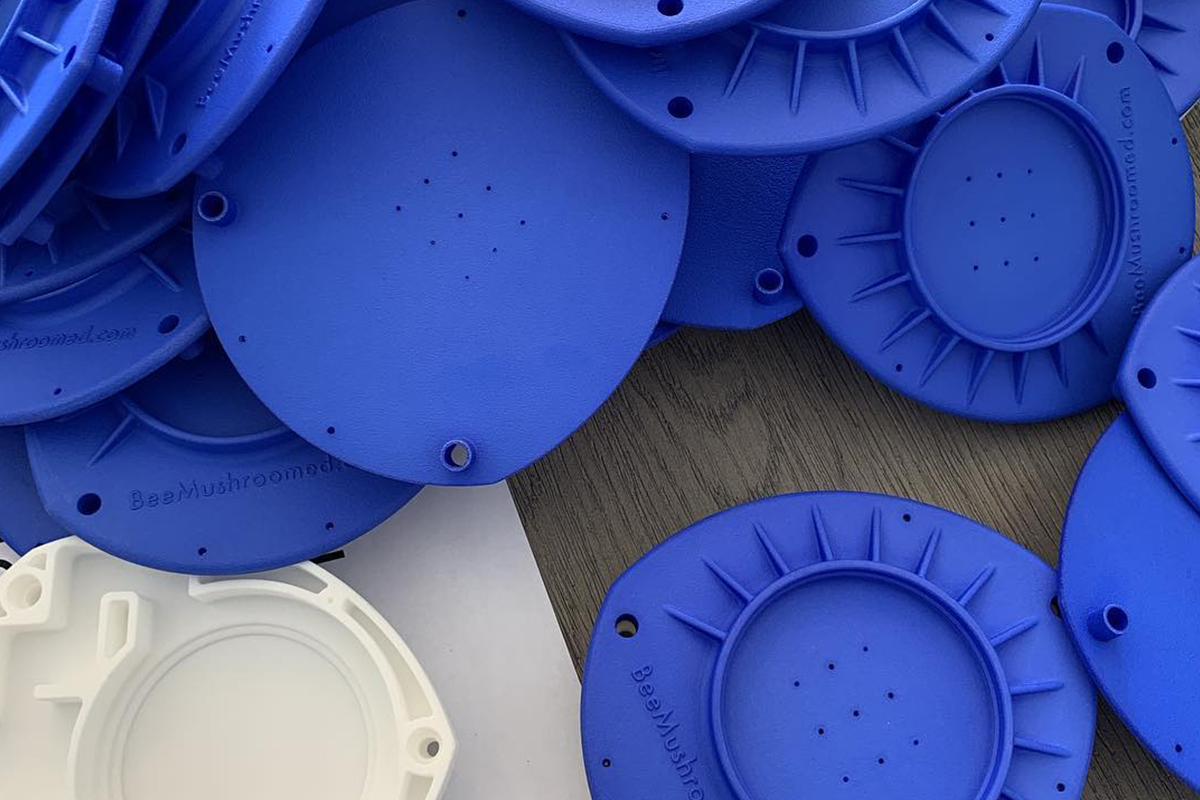
How does the BeeMushroomed Feeder work?
We have a little kit that comes with a bottle of fungal extract. The instructions are simple: you make a sugar water mix with white refined sugar—oddly enough, brown or organic sugar is not good for the bees; the sucrose or mineral content is not something they’re used to. You make the sugar water mix, you dump in the extract, and you have a master to supply your bee feeder. For now, you just fill up your bee feeder and hang it from a tree. It takes a few days for the bees to discover it. Typically, wild bees discover it first; we are here to help all pollinators, so wasps may visit it! We’re working on a few ways to keep them out a little more, but the design of the labyrinth on the inside keeps them out to a large degree. Wild bees, bumblebees, regular bees, wasps—all these insects are affected by wing viruses. So if we can help them all at this point, we see it as a blanket benefit.
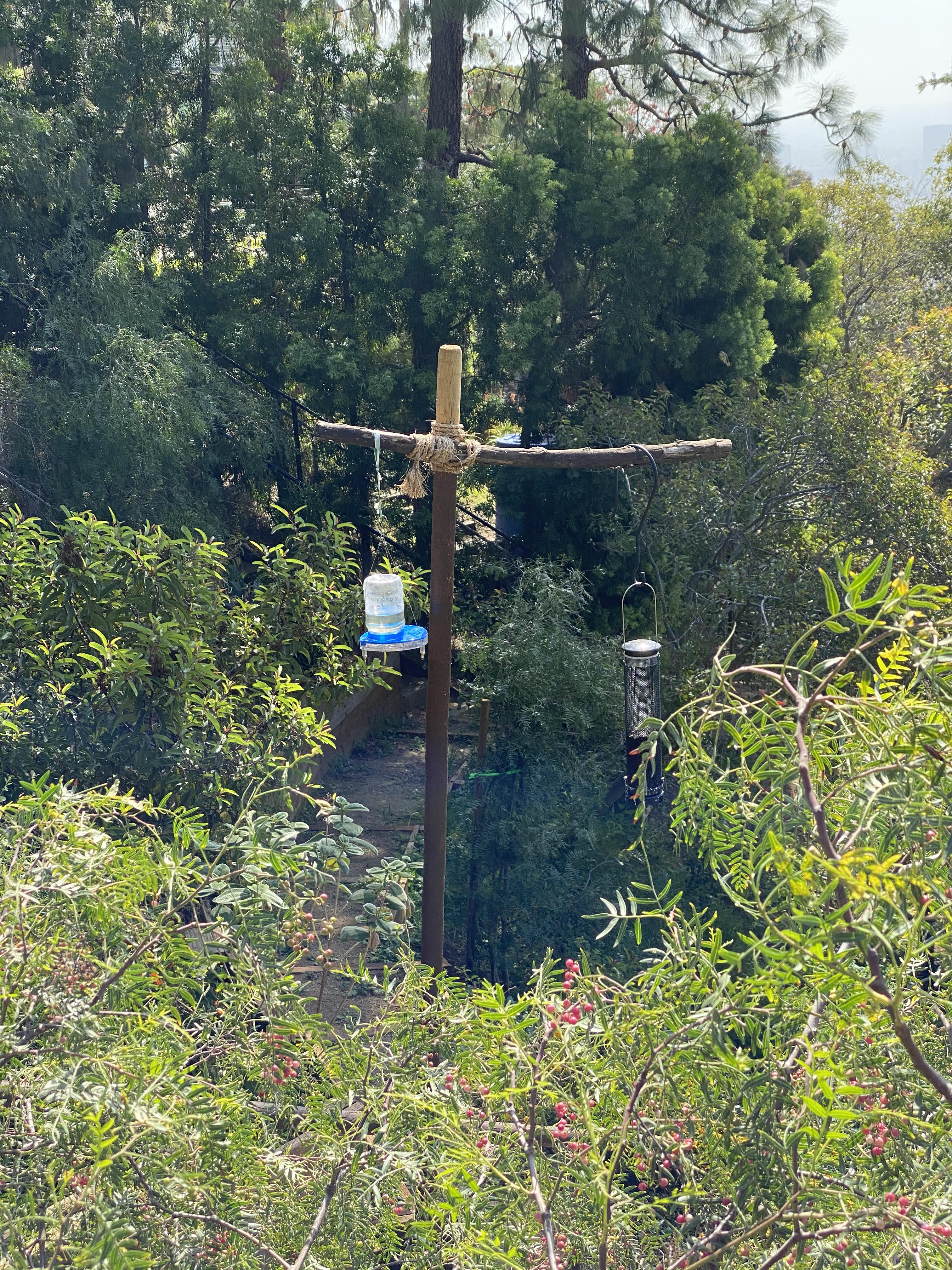
Why should we want to help the bees? Why should we be concerned about things like Colony Collapse Disorder?
As we all know, bees are a part of our food system. The one thing that’s not obvious, though, is the way that the environment and their ecology has become so fractured, and the natural access that they have to fungal foods is not necessarily there. It’s a great benefit that somebody can provide an ecological niche to be able to feed the bees this food and improve their lives, therefore improving the pollination of flowers, foods, and the general environment around us. Reducing the stress on those organisms is the aim.
What’s the best first step each of us can take?
In general, we should support natural fauna and flora. Support the natural species that would be popping up in your bio region. There’s a lot of pollinator groups that help with seed selection or even provide seed mixes that are a good start to that.
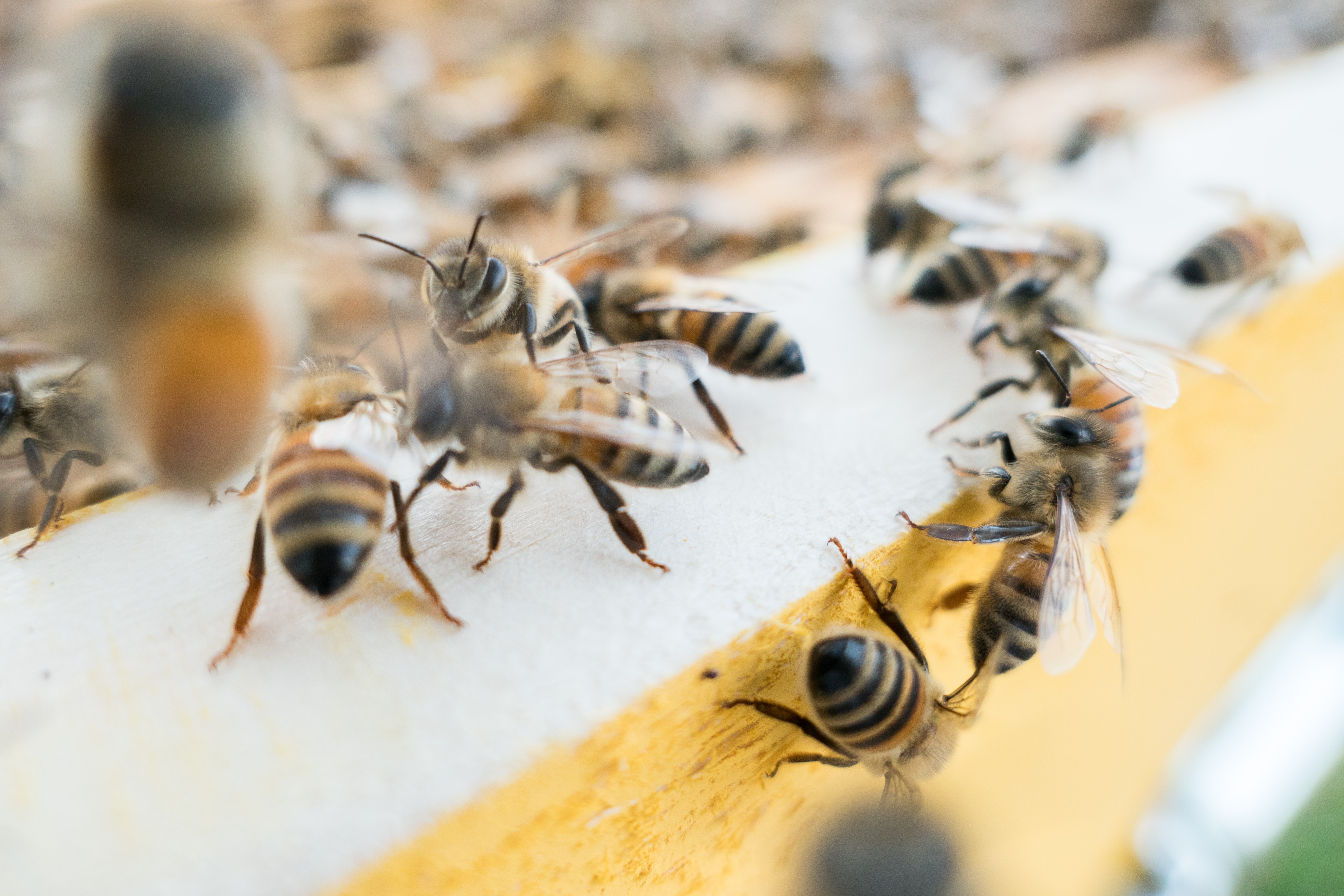
Besides buying and setting up a BeeMushroomed Feeder, what are the broader habits we should be considering to help offset ecological collapse?
Reduce chemical use as much as possible. Reduce the amount of energy you use, whether it be electricity or fuel or just maybe even your own energy—become more aware of efficiency. Plant native species and flowers. And there are a few organizations worth supporting; those that come to mind include the Xerxes Foundation, BeeInformed.org and the David Suzuki Foundation, which has been doing a lot for pollinators. We’re working with a large company right now to make this equitable for everybody, and make it something that’s accessible for everybody, too. We’re really excited about sharing this in the most accessible way, so everyone can take advantage of it and help the bees.
When people think of bees, they usually think of flowers—not fungi. What’s the connection between fungi and bees?
Traditionally, I think we see the way that bees interact with the environment, but we don’t necessarily understand what’s happening. Bees build their homes in logs and rotting tree stumps. They take advantage of the decomposing wood. Think about, say, Winnie the Pooh, who would always go to the hole in the tree and stick his arm in there to try to get the honey out! There is a very dynamic landscape out there that’s not necessarily visible, but we can share it through these bridging technologies.

What’s a common misconception about bees that people should reconsider?
People think they’re aggressive. The fear around them about the aggression is based off of a reaction of not knowing enough about them. Plenty of people can even handle bees without suits and masks and smoke, which are the traditional pieces of equipment you see beekeepers using.
What excites you about the work that you’re doing with Fungi Perfecti? Why do we need to pay attention?
There is a definite interest around food security. Fulfilling an ecological niche that was removed by humans, or at least providing some sort of alternative to the current situation, is a big positive. There are a few other things that Paul [Stamets] has baked into the possibilities of the bee feeder itself that also are intriguing, such as an ecological-based cryptocurrency based on the length of the bee’s life and the number of flowers they potentially visit. Also, I’m excited about the potential for this becoming a node for communication and collecting data from around the world about the environment.

